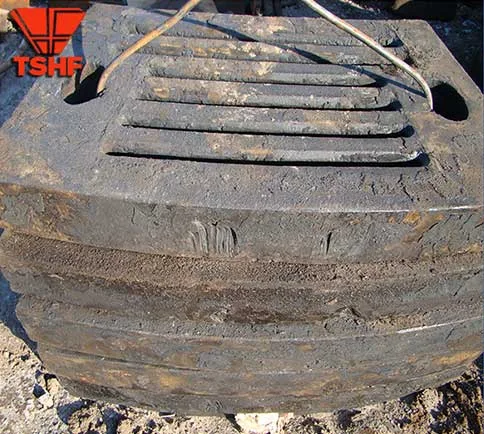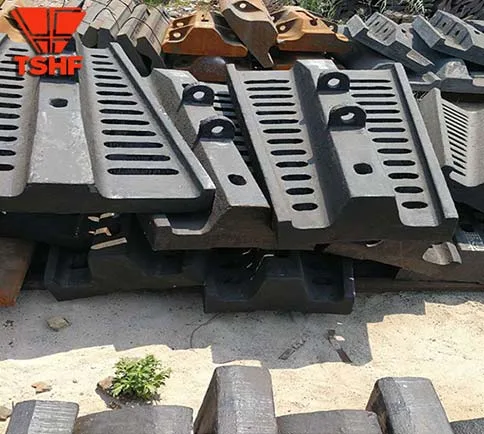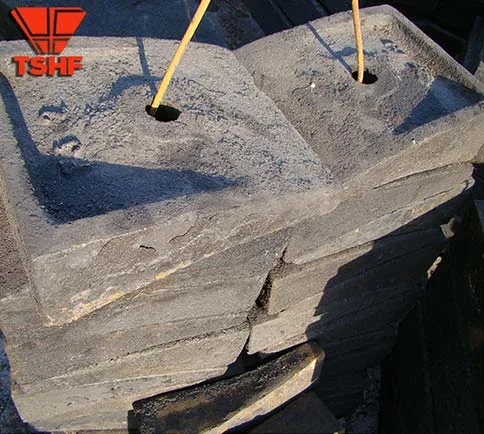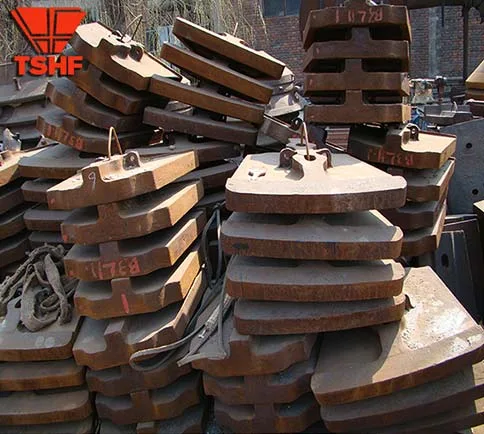Table of Contents
Introduction

When it comes to grinding materials for various industries, a ball mill plays a crucial role. A ball mill is a type of grinder used to grind materials into fine powder. It is widely used in industries such as mining, cement manufacturing, chemical engineering, and ceramics. This blog will take a comprehensive look at what is a ball mill, how it works, its key features, and its applications. Whether you are a professional in the field or just curious about the technology, this guide will provide you with all the information you need.
What Is a Ball Mill?
A ball mill is a cylindrical device used to grind and mix materials such as ores, chemicals, ceramics, and other raw materials. It consists of a rotating cylinder partially filled with balls that act as grinding media. As the cylinder rotates, the balls fall onto the material to be ground and crush it into a fine powder.
Ball mills are essential in the manufacturing process for producing materials with precise particle size distributions. The grinding efficiency of a ball mill depends on several factors, including the material being processed, the size of the balls, the speed of the mill, and the design of the mill.
Key Features of a Ball Mill
- Cylinder Shape: A ball mill is cylindrical, which allows for efficient rotation and mixing of materials.
- Grinding Media: The grinding media, typically steel or ceramic balls, are used to crush and grind materials inside the mill.
- Rotation Speed: The speed at which the ball mill rotates is critical for efficient grinding and depends on the material being processed.
- Capacity: Ball mills come in various sizes, ranging from small laboratory models to large industrial machines capable of processing tons of materials.
How Does a Ball Mill Work?
A ball mill operates by rotating a cylinder filled with grinding media and the material to be ground. As the mill rotates, the balls inside the cylinder move, and their kinetic energy is transferred to the material being processed, resulting in crushing and grinding.
The grinding process in a ball mill occurs in several stages:
- Initial Grinding: The material is fed into the ball mill, where the balls begin to break down large particles into smaller ones.
- Intermediate Grinding: As the material is continually exposed to the grinding media, it is reduced to finer particles.
- Fine Grinding: The final stages involve reducing the material to the desired particle size, often in the micron range.
The grinding efficiency is influenced by factors such as the material’s hardness, the size of the balls, and the rotational speed of the mill.
Types of Ball Mills
Ball mills come in several variations, each designed to meet specific needs. The most common types include:
- Continuous Ball Mills: In a continuous ball mill, materials are continuously fed into the mill, and the ground product is discharged in a continuous flow. These mills are used for bulk material processing and are more efficient for large-scale operations.
- Batch Ball Mills: In a batch ball mill, the materials are added, ground, and then removed in batches. This type of ball mill is typically used in laboratories or for small-scale production.
- Planetary Ball Mills: These are used for research purposes and in laboratories for grinding and mixing small quantities of materials. The rotating mechanism of planetary ball mills involves a set of disks or jars that rotate around a central axis.
- Industrial Ball Mills: These are larger versions of ball mills used in industrial settings for continuous production. They are designed to handle large quantities of materials and are usually employed in mining and cement production.
Applications of Ball Mills


Ball mills are used in a variety of industries for different applications. Some of the most common applications include:
Mineral Processing
In the mining industry, ball mills are widely used to crush and grind ores to prepare them for further processing. The mill reduces the ore to a fine powder, which can then be processed through flotation, magnetic separation, or other methods to extract valuable minerals.
Cement Manufacturing
Ball mills are also essential in cement production. The fine powder produced by grinding raw materials such as limestone, clay, and gypsum is mixed with water and other materials to create cement.
Paints and Coatings
Ball mills are used to grind pigments and other chemicals used in paints and coatings. The fine particle size achieved through grinding ensures the smooth application of these materials in various industries.
Ceramics and Glass
The ball mill plays a key role in the production of ceramic materials. It is used to grind ceramic powders, which are then formed into shapes and fired to produce ceramic products. Similarly, ball mills are used in glass production to grind raw materials into fine powders.
Pharmaceuticals
In the pharmaceutical industry, ball mills are used for grinding drugs and other materials to create fine powders for various applications, including tablet production and formulation development.
Ball Mill vs. Other Grinding Methods
When comparing ball mills with other grinding methods, it is essential to understand the advantages and disadvantages of each. Below is a comparison between ball mills and some common grinding alternatives.
| Feature | Ball Mill | Hammer Mill | Roller Mill |
|---|---|---|---|
| Grinding Method | Rotational grinding with balls | High-speed grinding with hammers | Compression grinding with rollers |
| Particle Size | Fine particle size (micron scale) | Coarser particles, not as fine | Fine and uniform particle size |
| Efficiency | High efficiency with proper design | Less efficient for fine grinding | High efficiency for certain materials |
| Applications | Wide range of applications | Suitable for coarse grinding | Ideal for uniform grinding |
| Maintenance | Requires regular maintenance | Less maintenance required | Requires less frequent maintenance |
Advantages of Using a Ball Mill

There are several advantages to using a ball mill for grinding and mixing materials:
- Versatility: Ball mills are highly versatile and can be used for a wide range of materials, including ores, chemicals, ceramics, and pharmaceuticals.
- Cost-Effective: While the initial cost of a ball mill may be high, its efficiency and long lifespan make it a cost-effective choice for many industries.
- Efficient Grinding: Ball mills provide an efficient method for achieving fine particle sizes, which is crucial for many industrial processes.
- Scalability: Ball mills can be used in both small-scale laboratory settings and large industrial applications, making them scalable for various operations.
Conclusion
In conclusion, a ball mill is a powerful tool used in many industries for grinding materials into fine powders. Whether you are in the mining, cement, pharmaceutical, or other industries, ball mills provide an efficient and cost-effective method for material processing. With different types available, ball mills can be tailored to specific needs, making them one of the most versatile and widely used grinding machines.
If you’re considering implementing a ball mill in your operations, it’s important to evaluate your specific needs and choose the right type of mill for your application. The proper maintenance and setup of a ball mill are essential to ensure its efficiency and longevity.
FAQ
What is a ball mill used for?
A ball mill is used to grind materials into fine powders for various industries, including mining, cement manufacturing, paints, and pharmaceuticals.
How does a ball mill work?
A ball mill works by rotating a cylinder filled with grinding media (balls) and material to be ground. The rotating motion causes the balls to collide with the material, resulting in its crushing and grinding.
What are the different types of ball mills?
The different types of ball mills include continuous ball mills, batch ball mills, planetary ball mills, and industrial ball mills, each suited for specific applications.
What materials can be ground in a ball mill?
Ball mills can grind a wide variety of materials, including ores, chemicals, ceramics, and pharmaceuticals.
Why are ball mills preferred in industrial applications?
Ball mills are preferred for industrial applications due to their efficiency, versatility, and ability to achieve fine particle sizes, which are essential for many processes.
What is the cost of using a ball mill?
While the initial cost of a ball mill may be high, the long-term benefits such as efficiency, low maintenance, and scalability make it a cost-effective solution for many industries.

